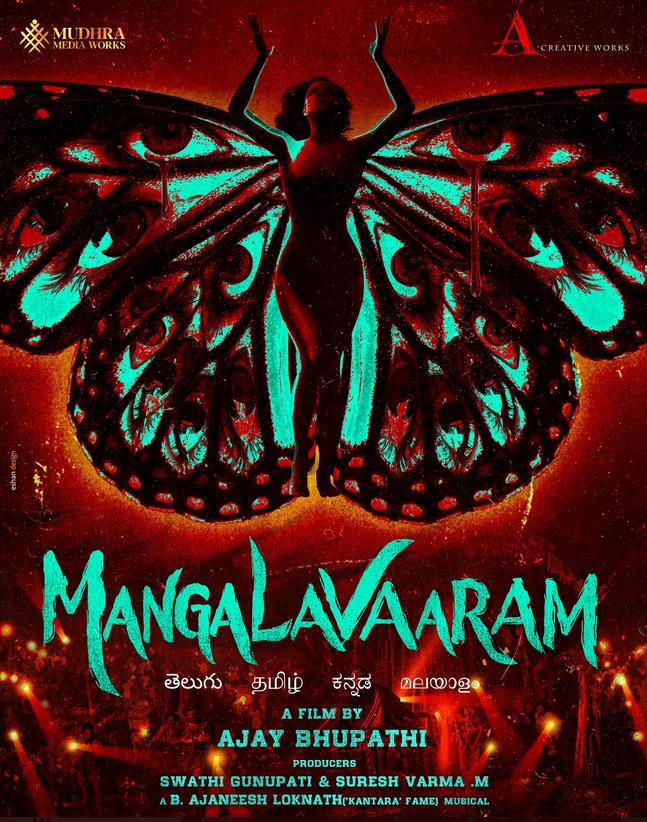Is Movierulz really the ultimate destination for movie enthusiasts? A bold statement suggests that this platform has transformed how people access films globally. Despite its controversial nature, Movierulz continues to attract millions of users who seek free downloads and streaming options for Bollywood, Hollywood, Telugu, Tamil, Malayalam, and other regional movies.
Movierulz emerged as a significant player in the illegal movie distribution landscape, offering pirated content with ease. The platform's rise coincided with advancements in digital technology, allowing users worldwide to bypass traditional methods of accessing films. This phenomenon raises critical questions about copyright laws, ethical consumption of media, and the future of legitimate streaming services. As Movierulz expands its offerings, including Telugu movies like MAD Square (2025), it underscores the growing demand for accessible entertainment across languages and cultures.
| Category | Details |
|---|---|
| Name | Movierulz |
| Established | Early 2010s |
| Headquarters | Unknown (Operating illegally) |
| Services Provided | Illegal downloading and streaming of movies |
| Languages Supported | Bollywood, Hollywood, Telugu, Tamil, Malayalam, Kannada, Hindi |
| Website | Reference Link |
The platform gained traction by catering specifically to niche audiences, such as Telugu movie enthusiasts. MovieRulz Telugu became synonymous with providing high-quality downloads and streaming options for fans of South Indian cinema. Its vast collection includes everything from the latest blockbusters to classic films, ensuring that viewers have access to an extensive library at their fingertips. However, this convenience comes at a cost—illegal distribution undermines the efforts of filmmakers, actors, and production houses who invest heavily in creating original content.
MovieRulz further expanded its reach by incorporating Bollywood and Hollywood titles into its repertoire. By doing so, it positioned itself as a one-stop solution for individuals seeking diverse cinematic experiences without financial constraints. While this strategy attracted numerous users, it also intensified scrutiny from legal authorities and intellectual property rights organizations. Despite crackdowns and website takedowns, Movierulz persists through domain hopping and alternative URLs, maintaining its presence on the internet.
For instance, MAD Square (2025), a recent addition to Movierulz's catalog, exemplifies the type of content driving traffic to the platform. Described as a Telugu superhit, the film resonates with audiences due to its engaging storyline, stellar performances, and technical brilliance. Although Movierulz provides unauthorized access to such movies, it inadvertently promotes them to wider audiences who might otherwise remain unaware of their existence. Nevertheless, this promotion occurs at the expense of creators' rightful compensation.
In response to increasing criticism, proponents of platforms like Movierulz argue that they serve underserved communities where legitimate streaming services may be unavailable or unaffordable. They contend that piracy acts as a temporary bridge until more equitable solutions emerge. Critics, however, emphasize the long-term harm caused by perpetuating illegal practices, which discourage innovation and investment in creative industries. Furthermore, they highlight potential security risks associated with downloading content from unverified sources.
Movierulz's influence extends beyond mere accessibility; it shapes consumer behavior and expectations regarding price, quality, and convenience. Users accustomed to obtaining films effortlessly and without monetary commitment may resist transitioning to paid alternatives. This resistance complicates efforts by legitimate providers to compete effectively in an increasingly saturated market. Consequently, finding a balance between affordability and sustainability remains a pressing challenge for all stakeholders involved.
As discussions surrounding Movierulz intensify, so too does the need for comprehensive strategies addressing both supply-side issues and demand-side motivations. Policymakers must collaborate closely with industry leaders, technology experts, and end-users to develop frameworks capable of fostering creativity while respecting legal boundaries. Simultaneously, educating consumers about the implications of their choices can empower them to make informed decisions that align with ethical principles.
Ultimately, Movierulz represents a complex intersection of technological advancement, cultural appetite, and economic disparity. While it satisfies immediate desires for unrestricted access to global cinema, it simultaneously jeopardizes the foundation upon which those films are built. Recognizing this duality is essential for crafting meaningful interventions aimed at preserving artistic integrity while meeting audience needs.
In conclusion, Movierulz continues to evolve alongside changing dynamics within the entertainment sector. Its impact transcends mere provision of pirated content, influencing broader conversations around accessibility, ownership, and responsibility. Moving forward, stakeholders must navigate these complexities carefully to ensure a future where creativity thrives alongside fair remuneration for creators.



